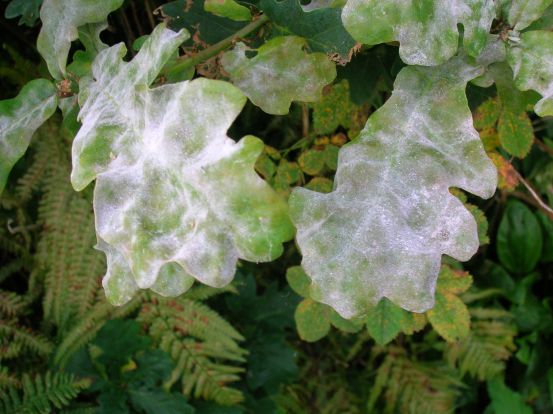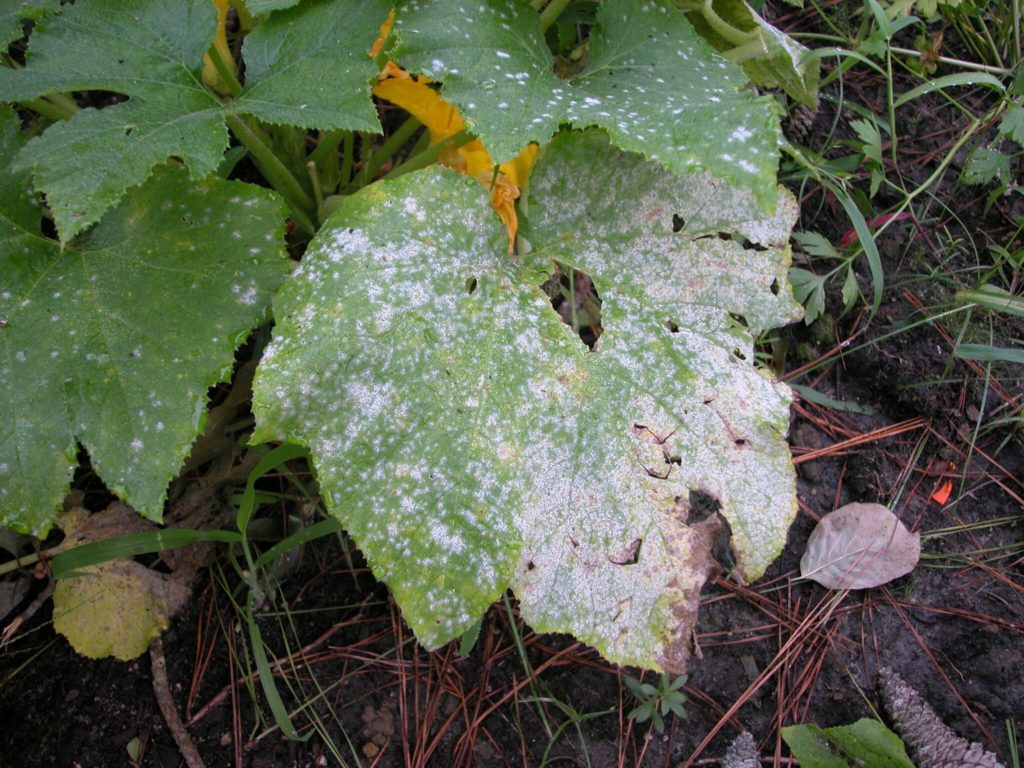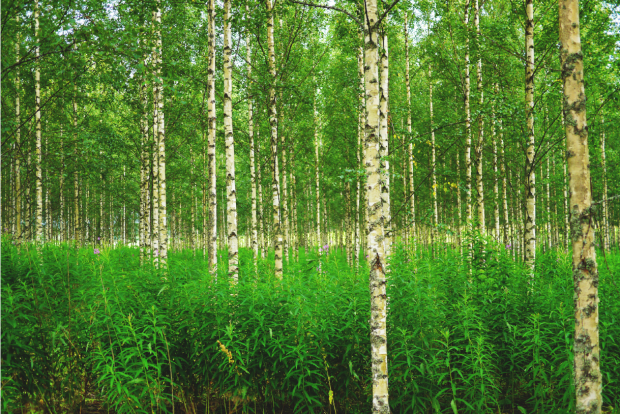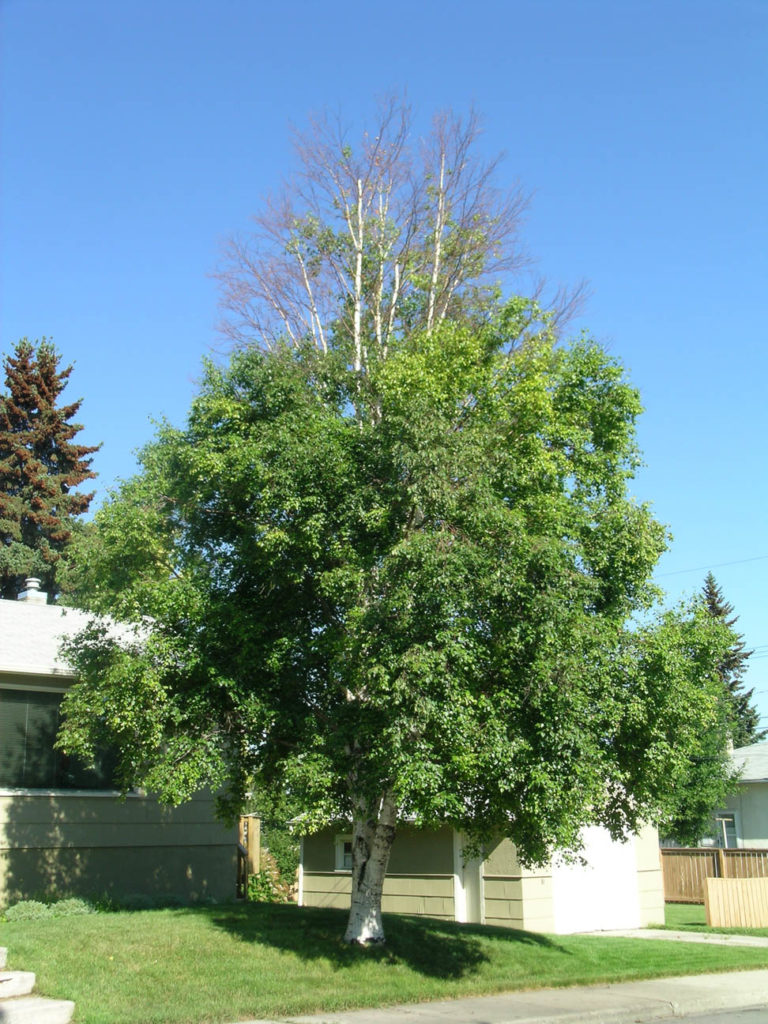Arbor-wellness: Needle Blight
My spruce trees are starting to turn brown, can you help them?
It does depend on what is wrong with them, but many of our evergreen trees easily develop one of many fungal diseases that kill either the needles, the tips of a twig, or entire branches. Newly developed needles that die can affect the overall health of the tree, so understanding what the problem is and how to prevent it can be important.
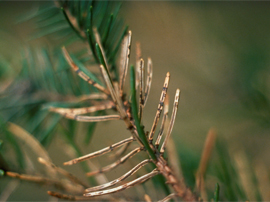
How bad will the damage be?
It depends on the type of disease. Some are minor problems, some will eventually kill the tree. But seeing this problem may indicate your trees are already stressed in some other way. Asking one of our certified arborists to review the problem and recommend a course of action is a wise thing to do.
What can I do about it?
There are treatments that work on most types of needle or tip blights. They are especially helpful when the tree is not severely affected yet. Old needles can’t be helped but we can discourage spreading these problems to new needles with timely treatments.
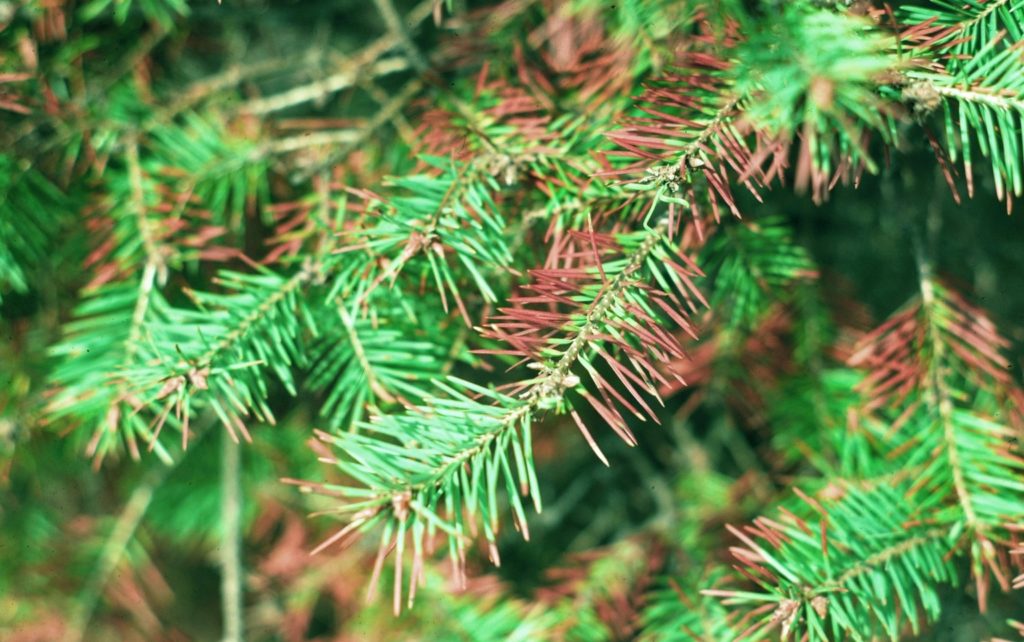
Knowing what kind of disease, how bad the problem is, and what the best course of action would be is something we at Arborwell can do for you.
If you are concerned about any diseases on your spruce or evergreen trees and want to schedule an inspection, click the button at the top of the page!
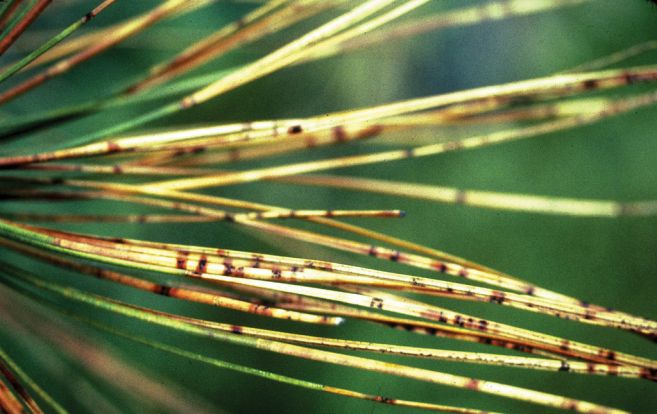
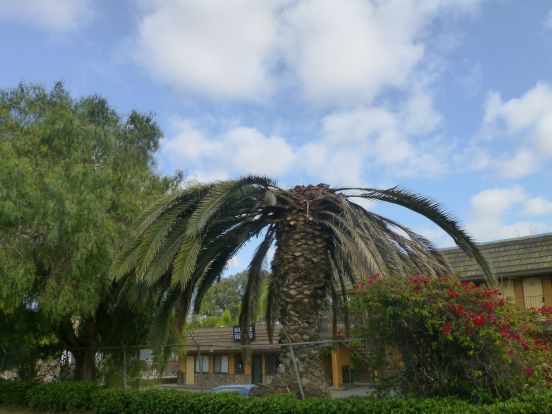
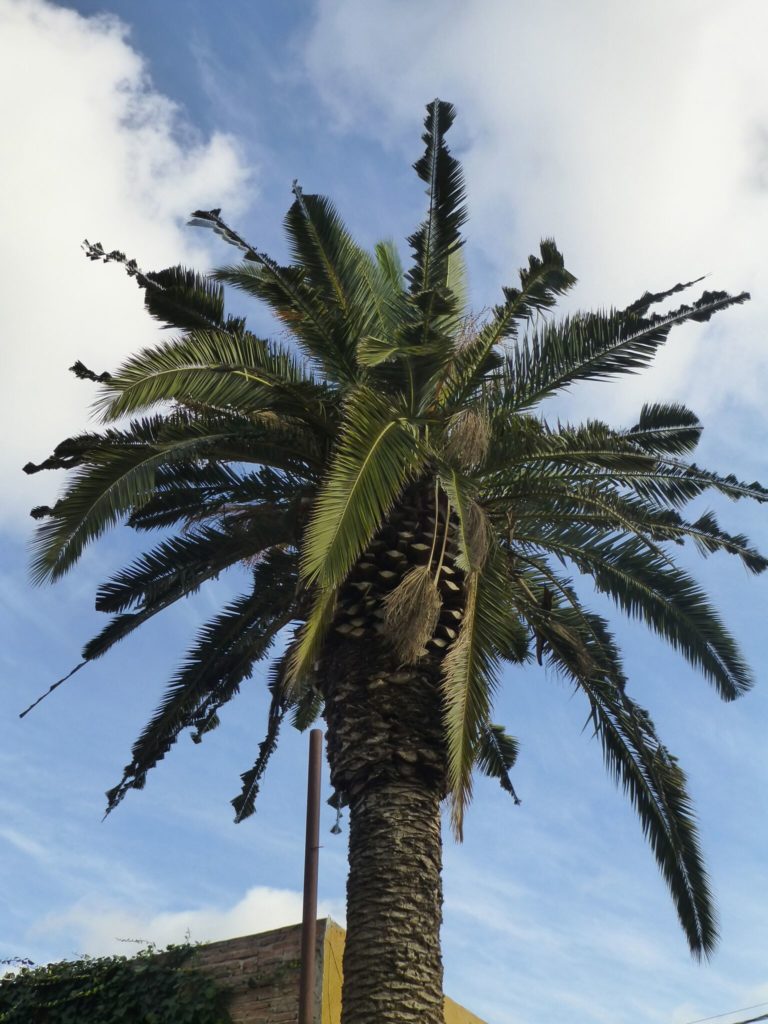
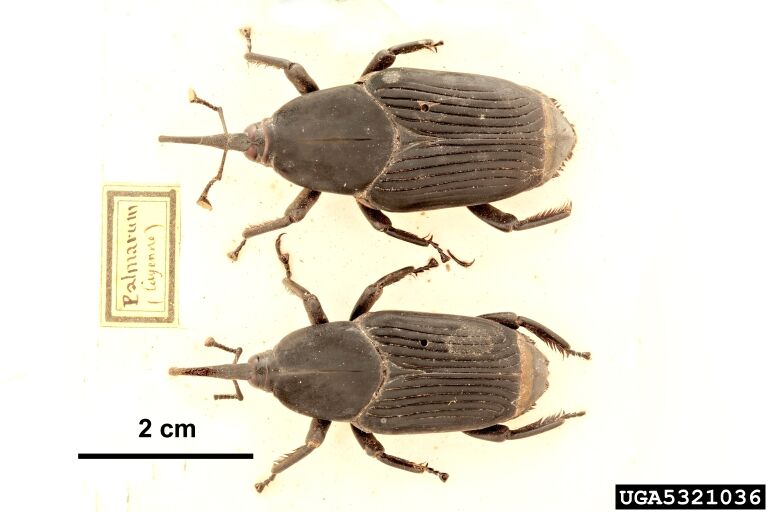
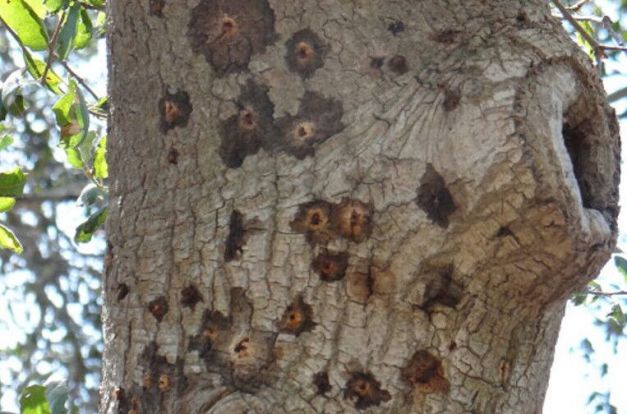
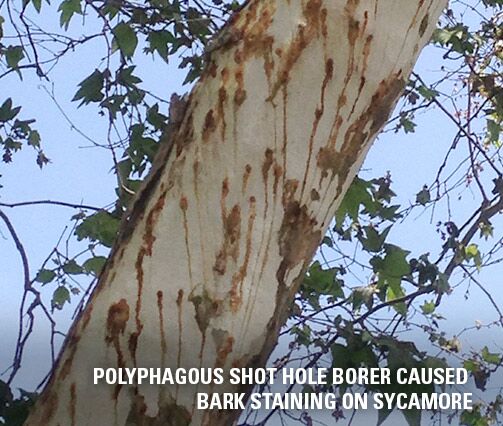
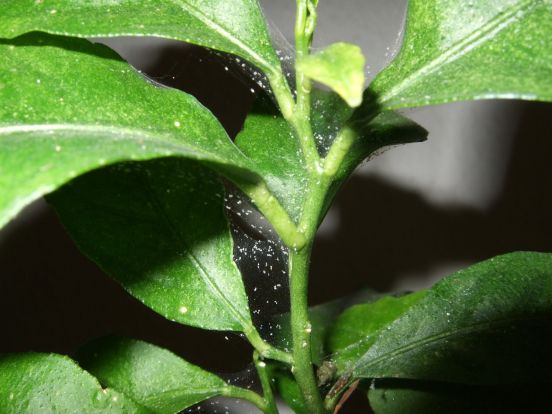
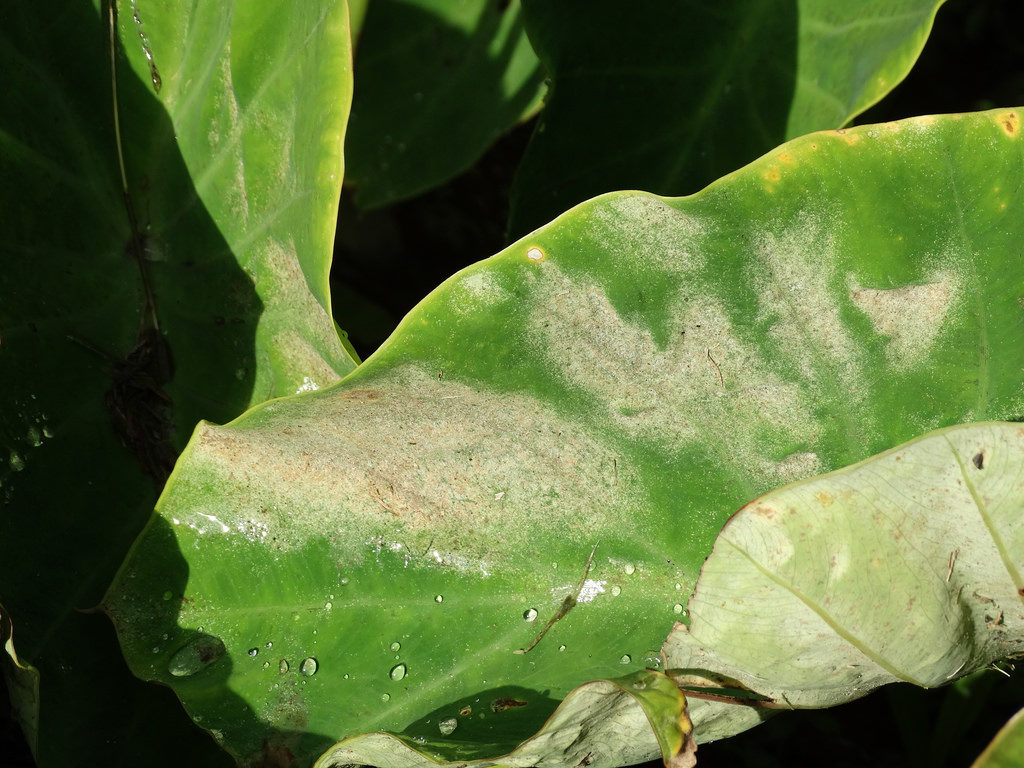
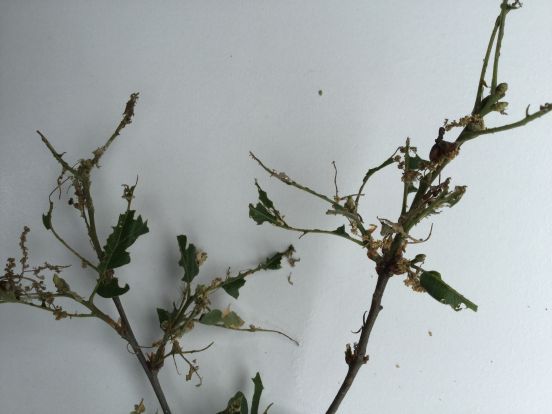
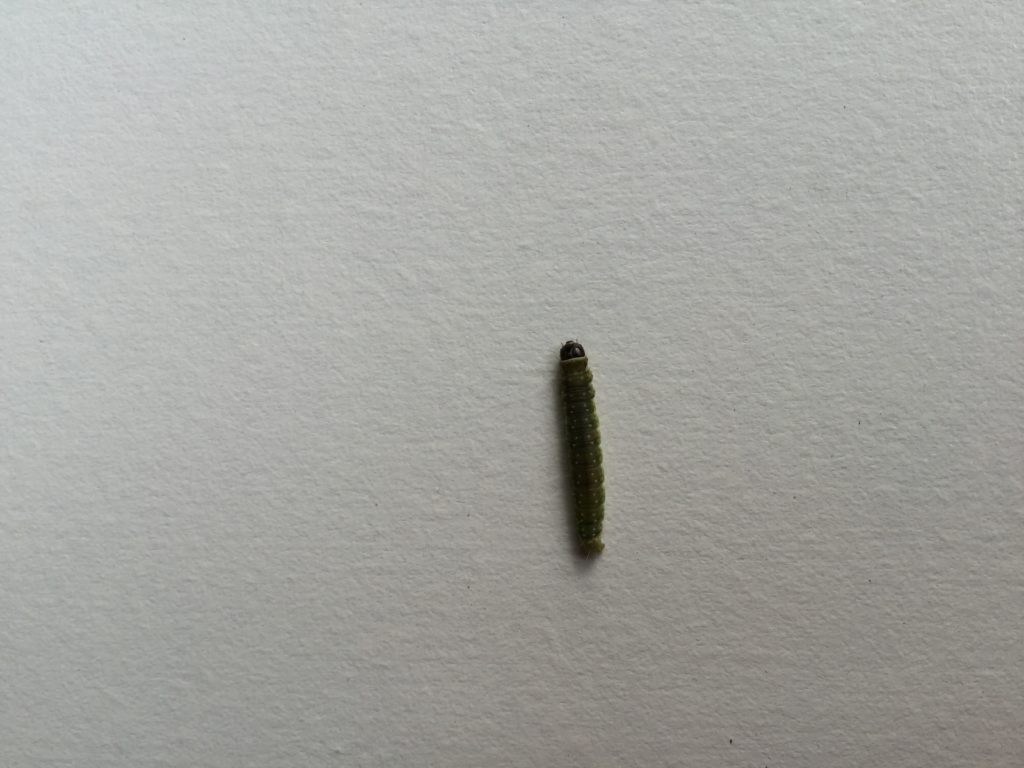
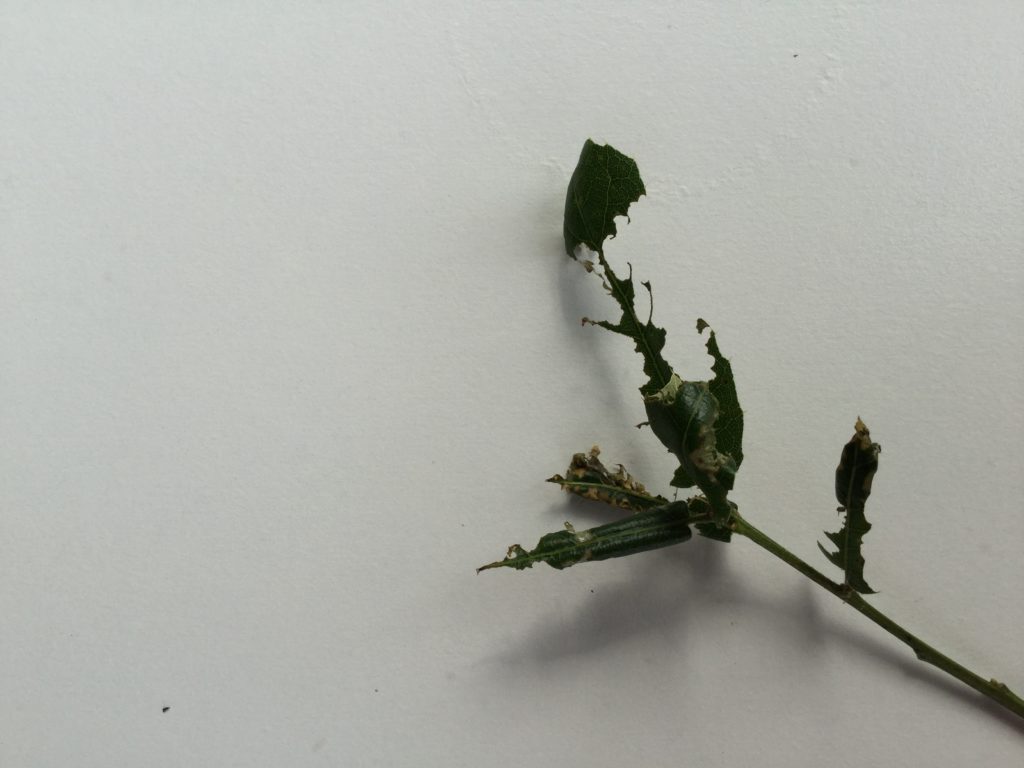
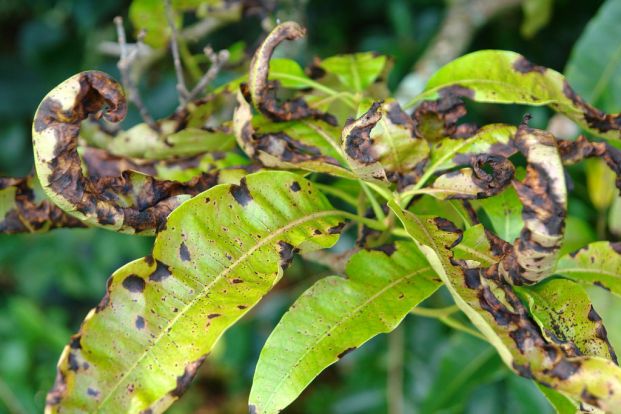
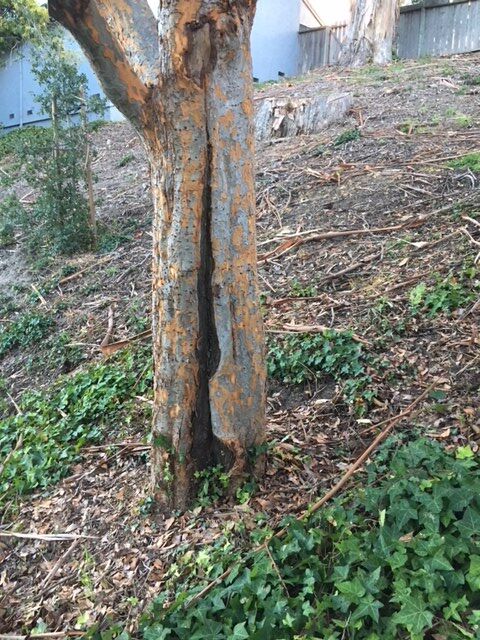
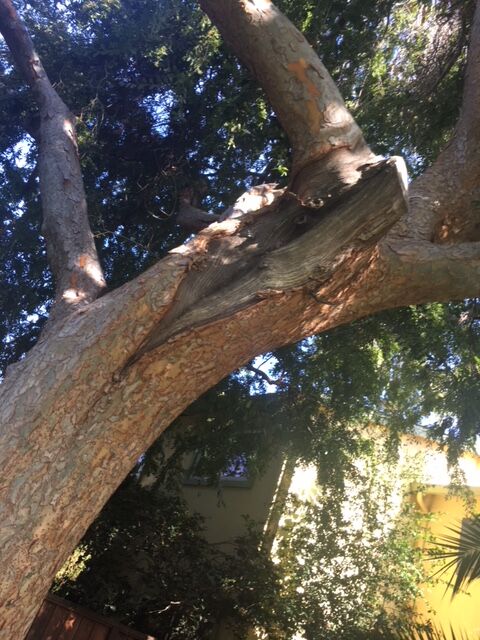 What can I do about it? The best way to discourage anthracnose is to make sure your trees are healthy and are pruned properly. Water properly – deep, infrequent watering throughout dry times, encourage proper growth with good nutrition and soil health (we usually recommend an organic based feeding that does both of these things), mulching to reduce water loss and tree stress. If your trees can benefit from treatment, it is best to start in the fall or early spring before the leaves come out. Sometimes multiple treatments are best, depending on the weather and the type of tree.
What can I do about it? The best way to discourage anthracnose is to make sure your trees are healthy and are pruned properly. Water properly – deep, infrequent watering throughout dry times, encourage proper growth with good nutrition and soil health (we usually recommend an organic based feeding that does both of these things), mulching to reduce water loss and tree stress. If your trees can benefit from treatment, it is best to start in the fall or early spring before the leaves come out. Sometimes multiple treatments are best, depending on the weather and the type of tree.